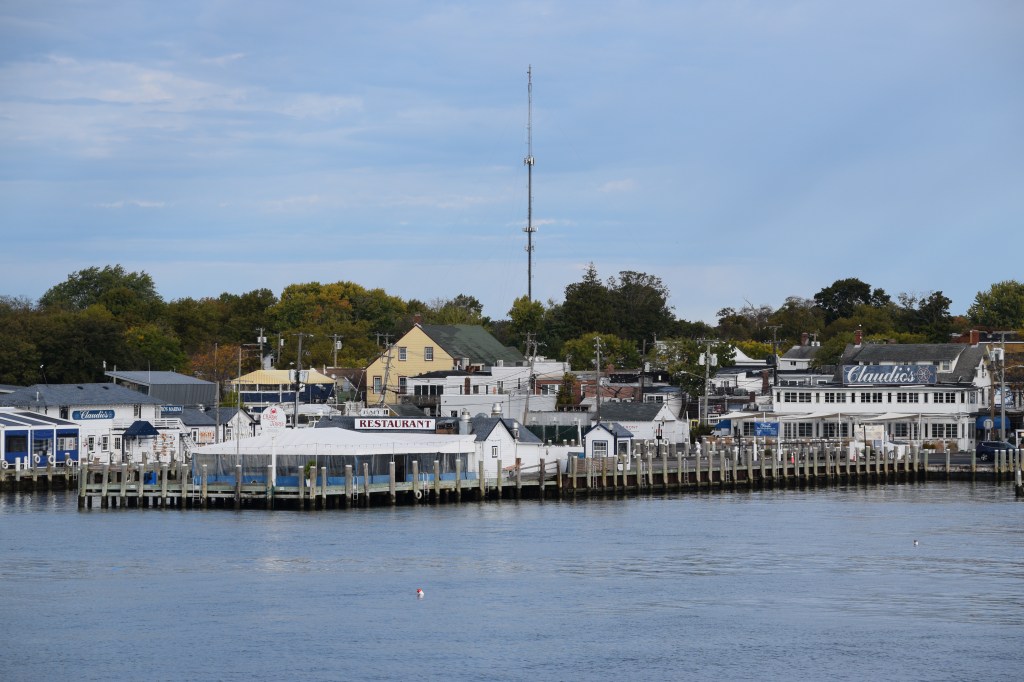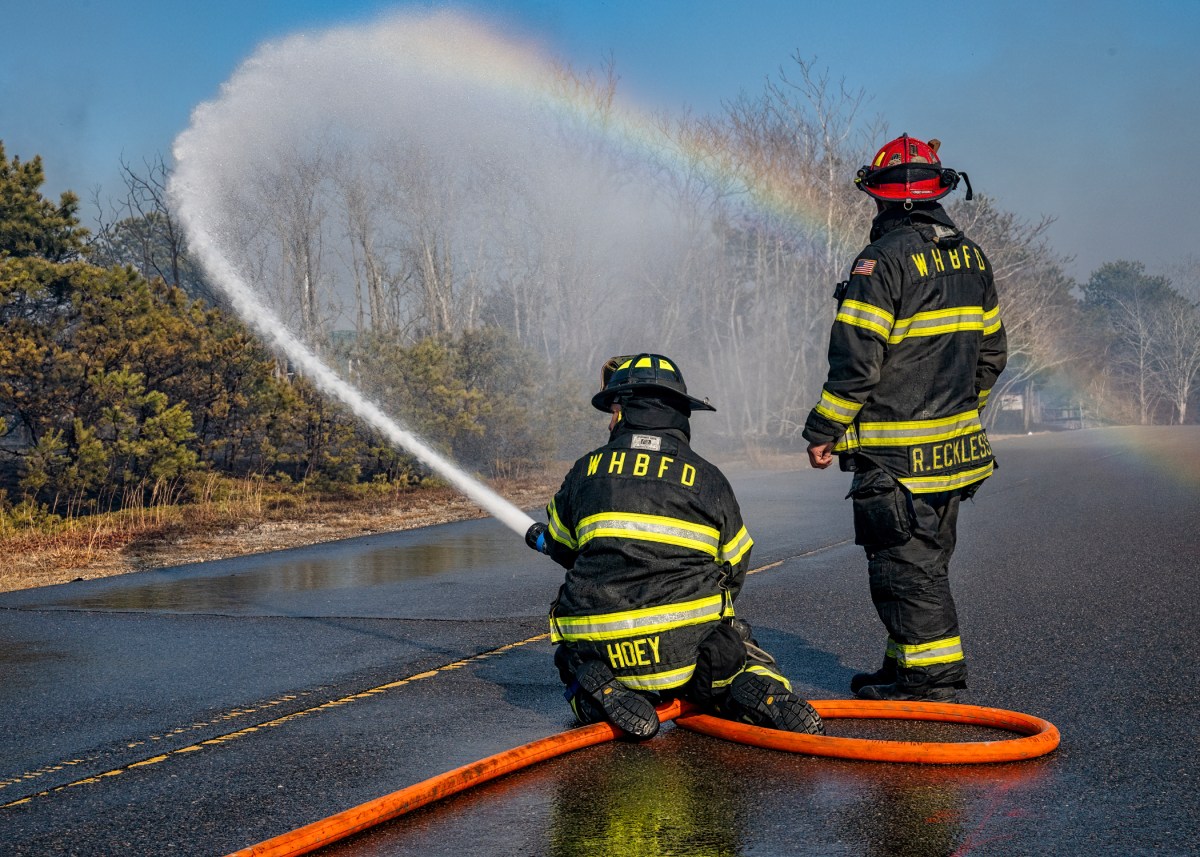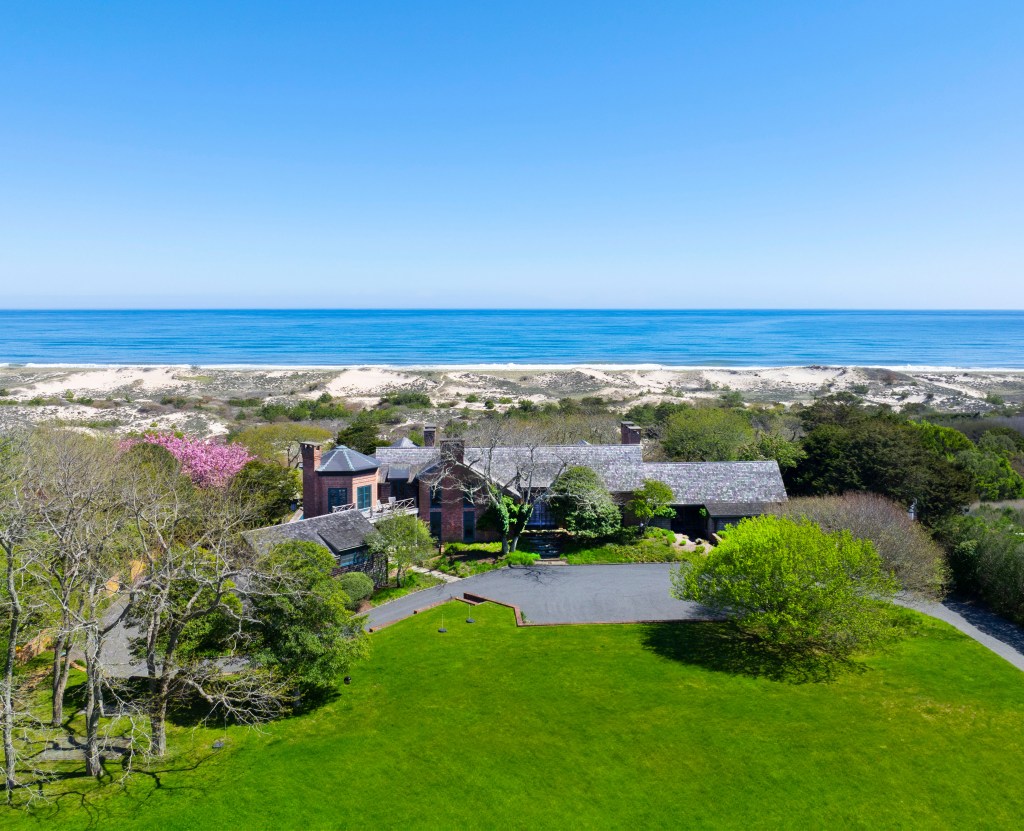How Inflation Is Impacting the East End
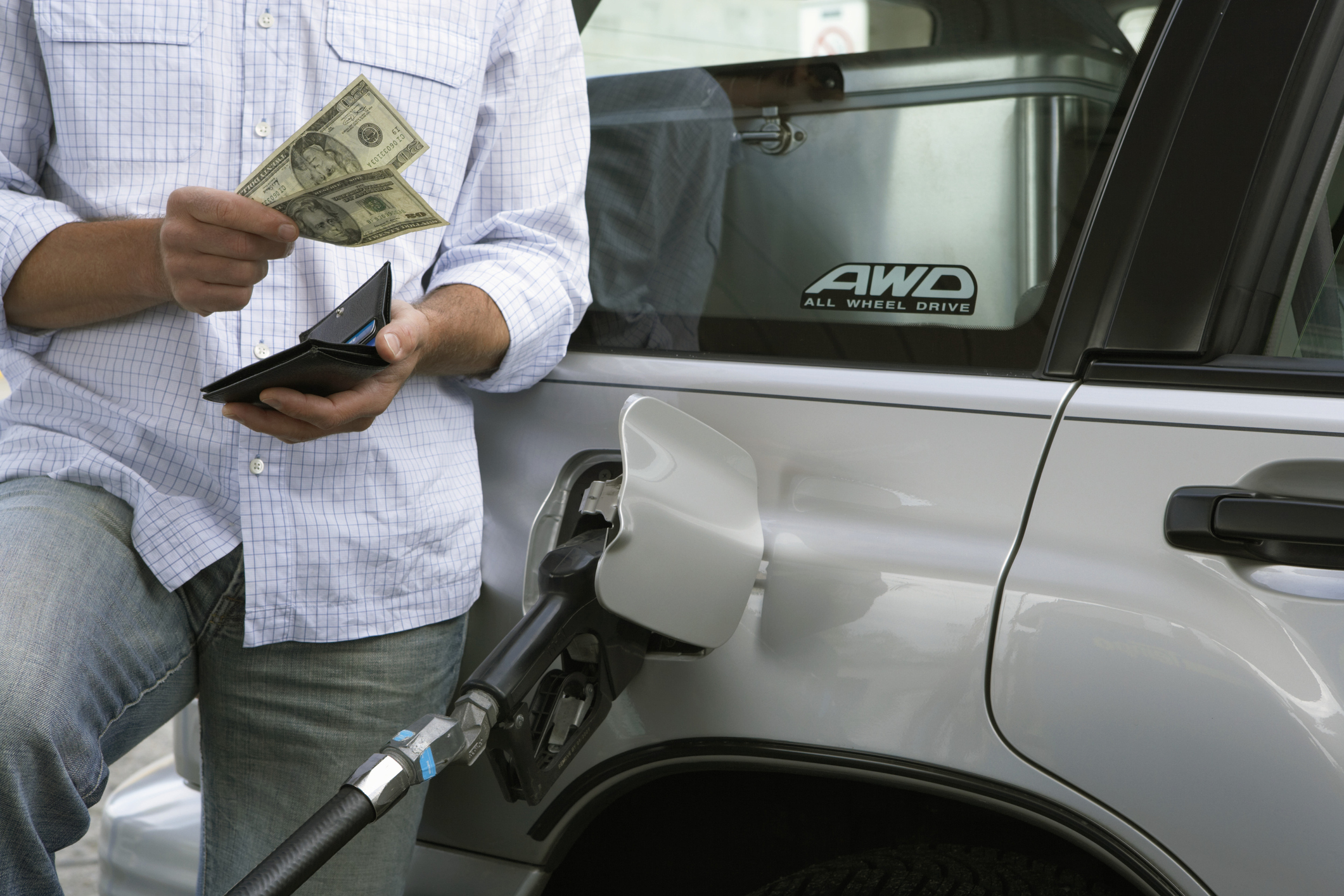
The sun isn’t the only thing rising in the east.
Signs showing the price of gas at East End stations, in addition to attracting attention, lately have become part of larger signs of the times.
The cost for regular from the Exxon at 2 Montauk Highway in East Hampton, for instance, recently topped $4. Throw in traffic jams that can make every day seem like the trade parade, and you’ll find that fuel has become a pricier commodity and bigger overall expense.
“Cost of gas is up, and then there’s the time and energy trying to drive around here in much heavier traffic,” East Hampton resident Lori Marsden said. “Everything takes forever.”
This may be the off-season on the East End, but you wouldn’t know it based on the dense traffic and rising prices. More people want to be, and are, on the East End. And gas, of course, has been going up everywhere, as have the costs for most things.
The Hamptons and North Fork have not been immune to inflation.
Gasoline prices over the past year rose a whopping 39.6% in the New York metropolitan area, including Long Island, fueling a 5.1% rise in the local Consumer Price Index for all items, according to Bruce Bergman, an economist with the U.S. Bureau of Labor Statistics.
Long Island gas prices rose from about $2.60 on February 18, 2020 to nearly $3.70 a year later, jumping more than a buck, according GasBuddy. The last time Long Island gas prices topped $3.50 was in 2014, when they hovered at around $4, although they dipped to under $2 in 2015 and toward the end of 2019.
The average price of regular gas in Suffolk on February 18 was $3.73 and $3.72 in Nassau, lower than the New York average of $3.75, and above the national average of $3.54, according to AAA. The numbers have been rising: The average Nassau/Suffolk price was $3.72 on February 18, up from $3.41 a month prior and $2.63 a year ago, according to AAA.
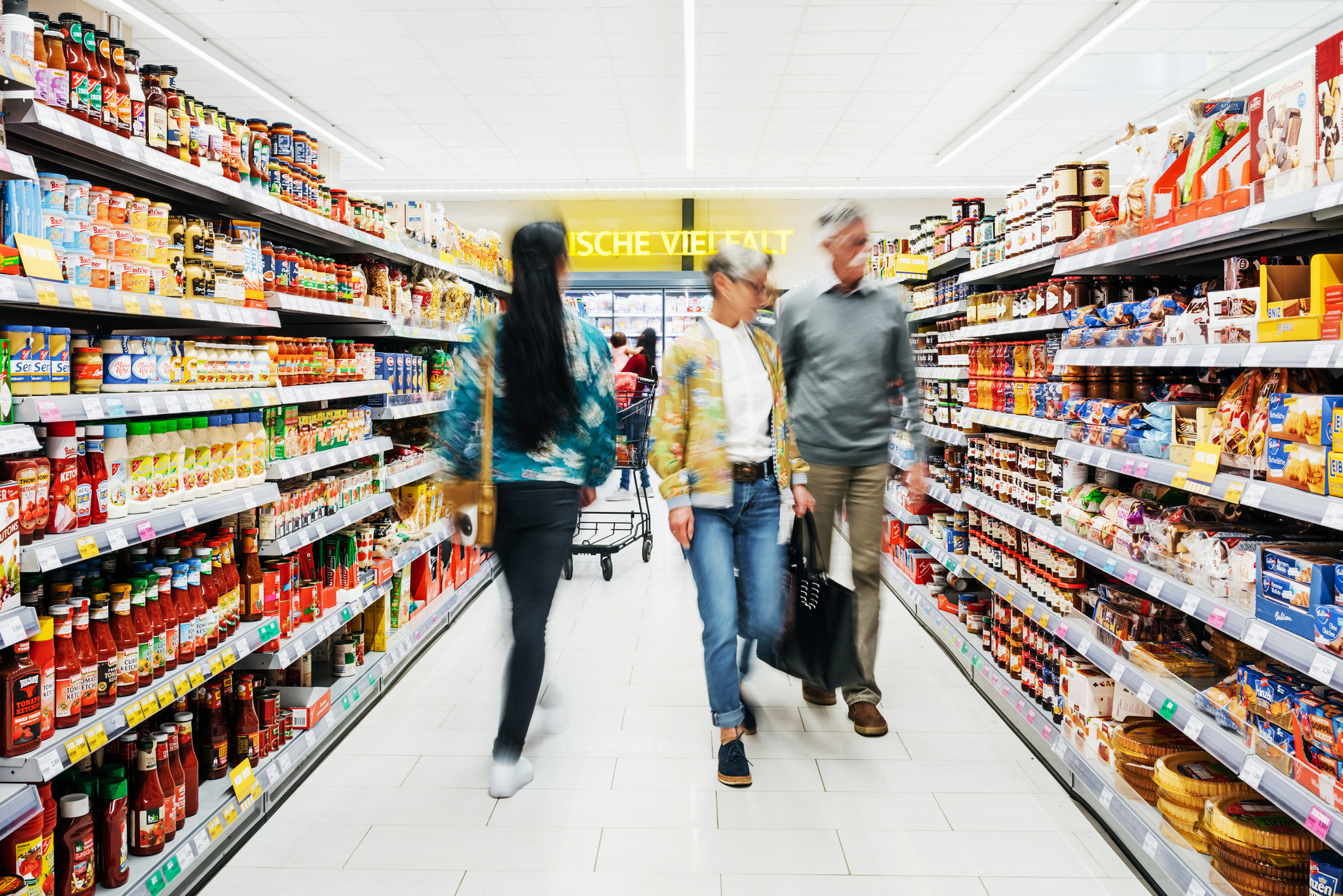
“You notice that the groceries are more,” Marsden said. “You go and buy your weekly run and it’s definitely more. The most apparent is probably meat, not that I buy a lot of it. And I’ve heard friends complaining about groceries.”
Bergman said food costs in the New York metropolitan area rose 7.5% since last January, with meats, poultry, fish and eggs up 16%.
“On the other hand, fruits and vegetables are up only 1.2%,” Bergman added, describing a financial reward for healthy choices. “Aside from groceries, dining out has also increased over 7% over the year.”
Prices on the East End have been going up from retail to real estate (fueled by low interest rates), and from labor to materials with inflation at 7.5% nationwide in January. That can mean more money in people’s pockets, but that quickly flows out to pay higher costs. Even pet boarding has been rising, easily reaching $75 a night.
“We have inflationary pressures from supply chain issues and the labor shortage, which is driving up wages,” said John Rizzo, a professor who teaches economics at Stony Brook University, noting 7% inflation is likely for the foreseeable future. “If you make more, but prices are going up as much or more, your spending power is less.”
An exodus from Manhattan to the East End is boosting inflation in house prices, while others noted rents also are trending up.
“My observation is that many year-round rental rates have increased between 50–300% on the East End since the pandemic began in March of 2020,” said Michael Daly, a South Fork realtor and founder of East End YIMBY, an affordable housing advocacy group.
As more people look east to live, East End residents who travel to reach customers often are sticking closer to home, due to time and cost.
“There are so many more people since COVID,” Marsden said. “Anybody dreads the summer season. If you have a small business and try to drive around, it takes forever.”
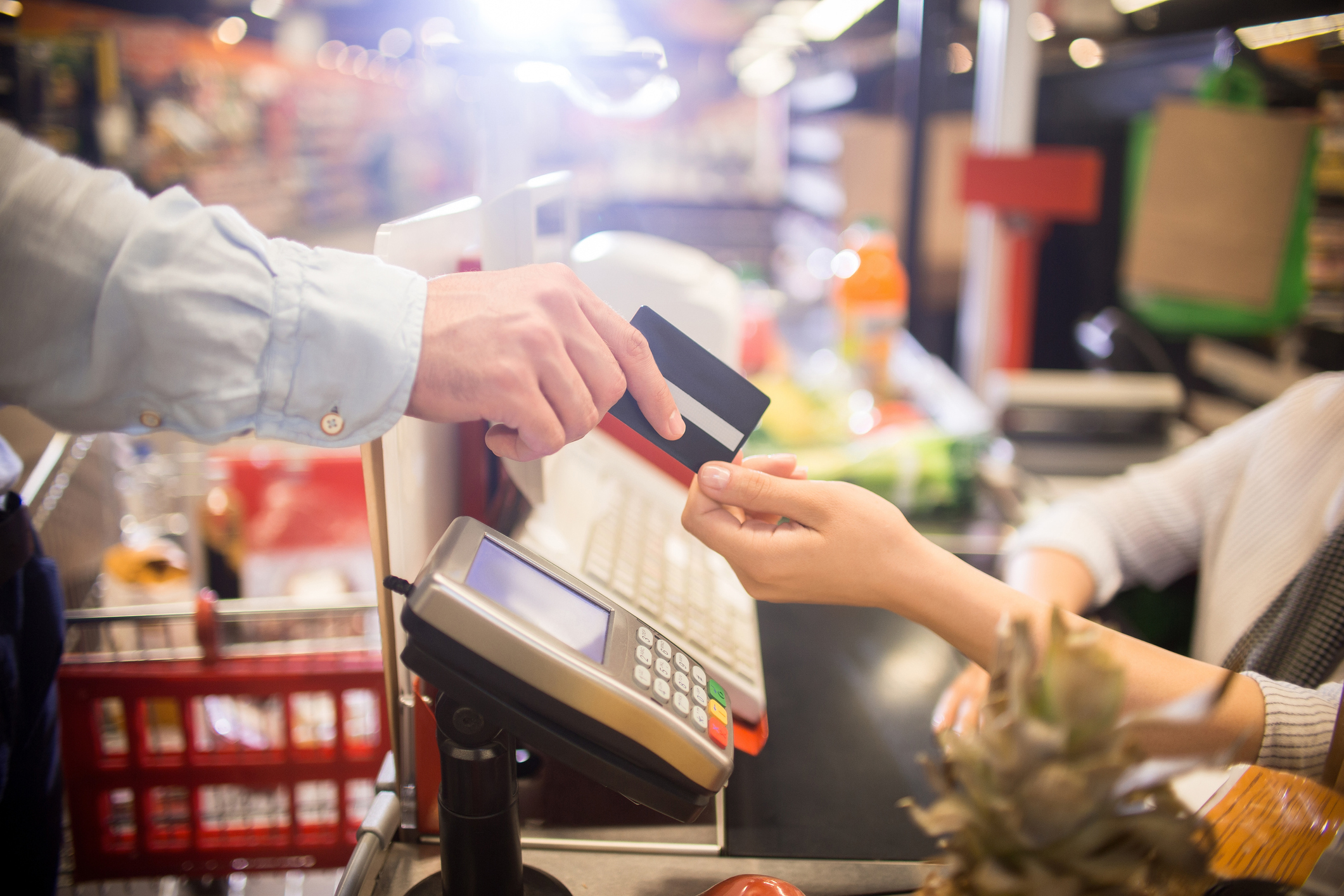
While many New Yorkers vacation in or moved to the East End, some local business people, after a busy year and past few months, have headed off for vacations, leaving fewer businesses to provide services. Marsden recently called a tree removal company, only to find the boss was away for a month.
“This month and the next month is when local business people take off. And the doctors. It used to be a few here and there,” Marsden said of month-long vacations. “That seems to be a new thing, too. Because of the COVID uptick, a lot of East Hampton businesses are booming.”
Contracts to open and maintain pools are set to go out soon, and they’re likely to include price hikes, but there is a silver lining in this cloud of costs. Over the last 20 years, inflation in the region has been higher, Bergman said.
In August and September 2008, for instance, the 12-month percent change in costs was 5.4% and 5.2% respectively, which Bergman said is “higher than what we have now,” while grocery prices at that time rose 8% over the year.
How big an impact does a rise in food and gas have?
“People in the area, on average, have about 13% of their expenditures devoted to food, so price increases are definitely noticeable,” Bergman said. “Gasoline accounts for about 2% of the average budget.”
From 2013 until the pandemic, the overall rate of price change in the New York metropolitan area was usually less than 2%, Bergman said. And Long Island is far from alone when it comes to seeing rising prices.
“When we look at the entire region, the data suggest that New York area price increases have not been higher than average,” Bergman said. “In fact, in the Northeast, small urban areas had a price-rise of 7% over the year.”
